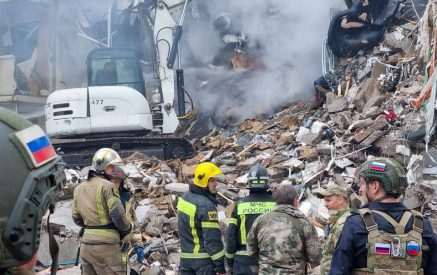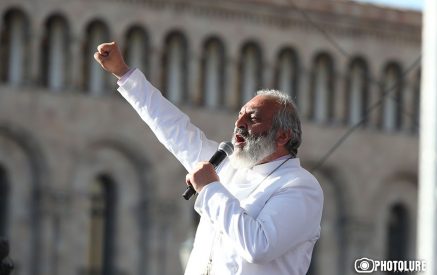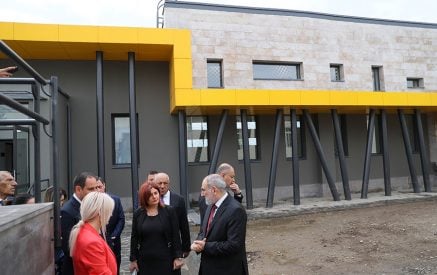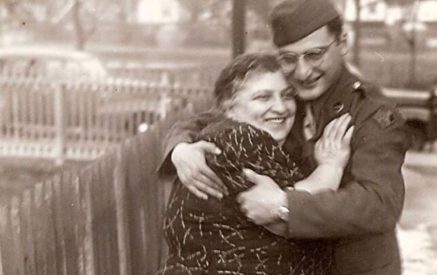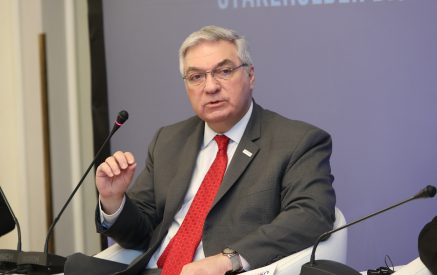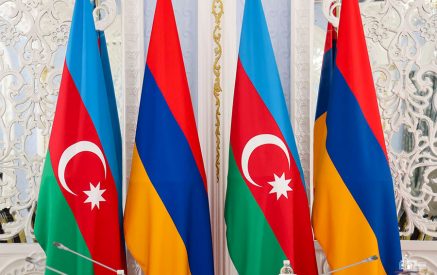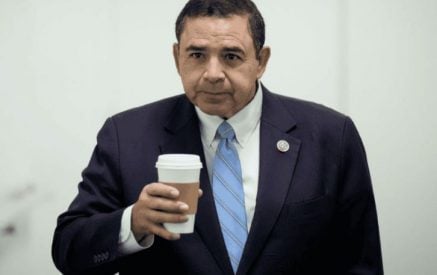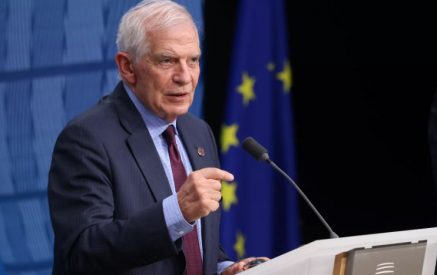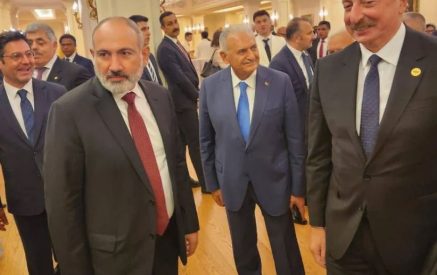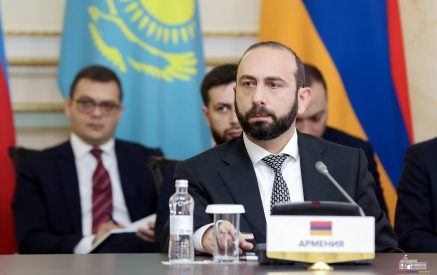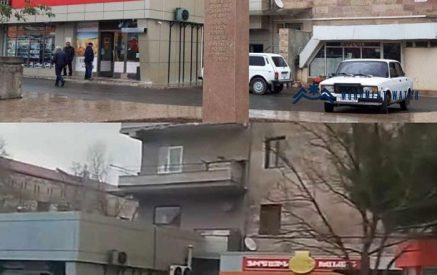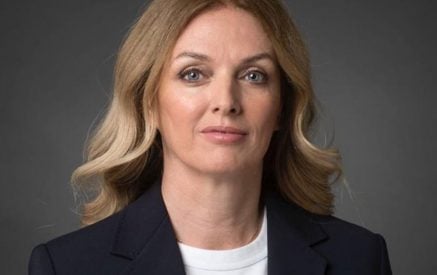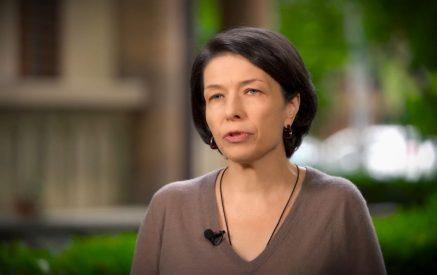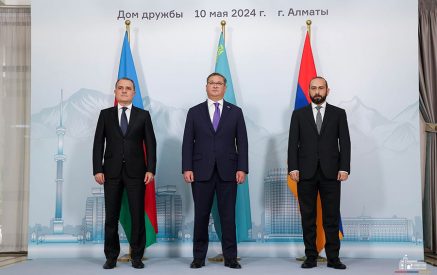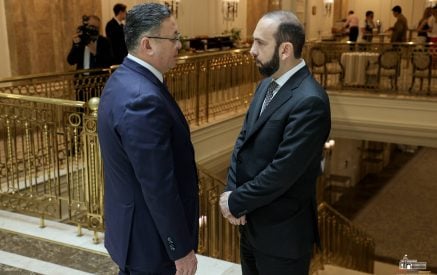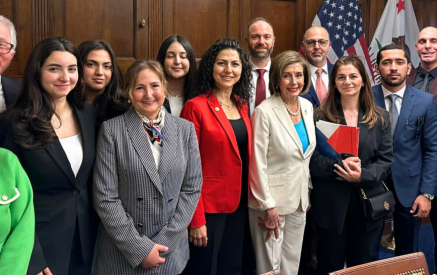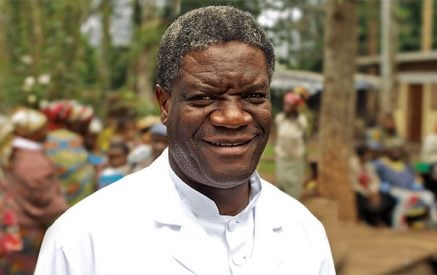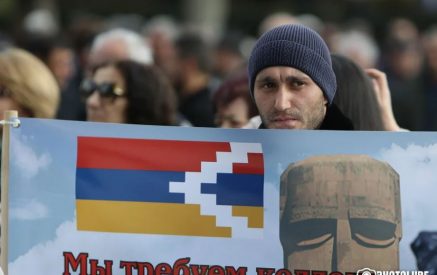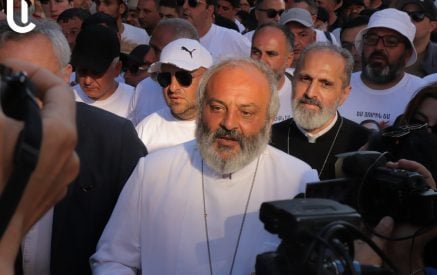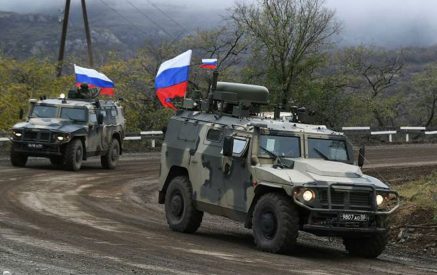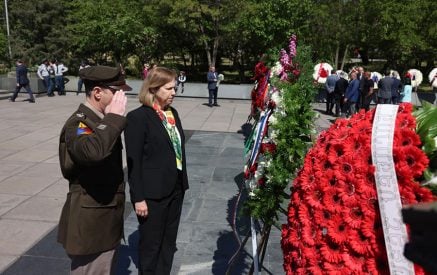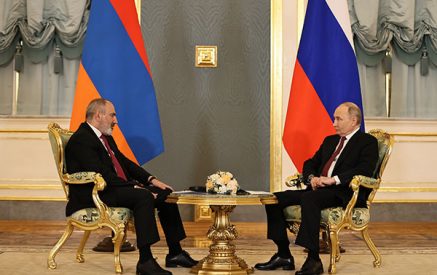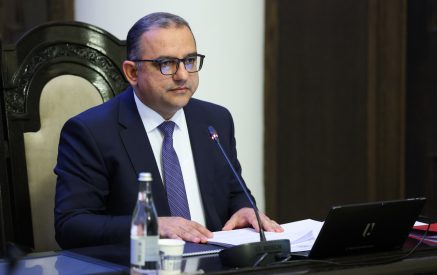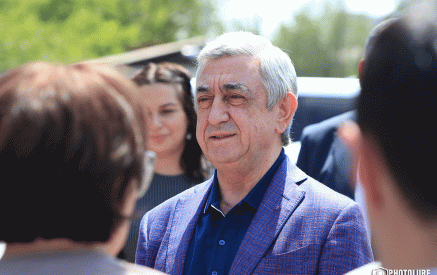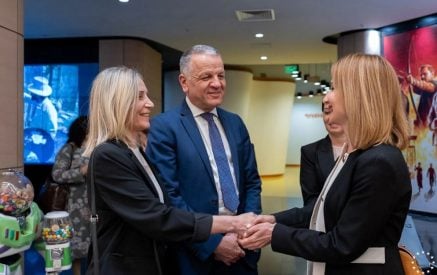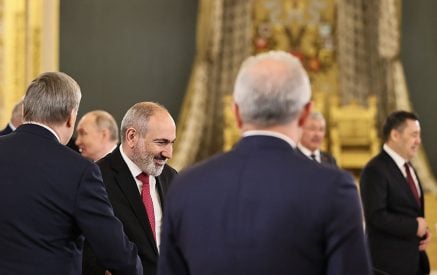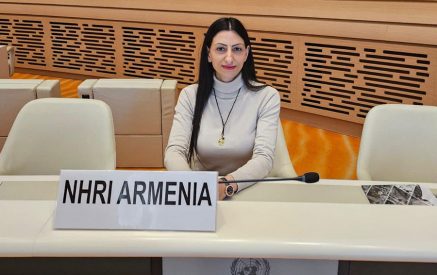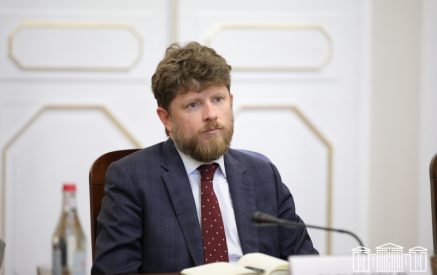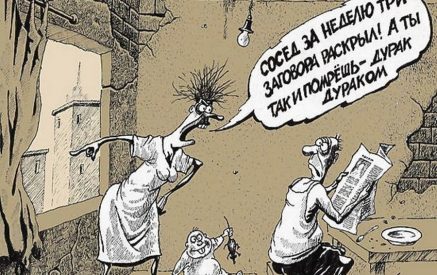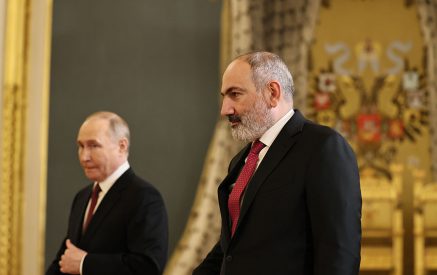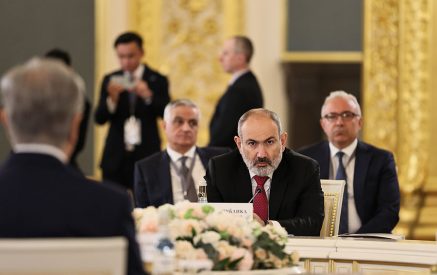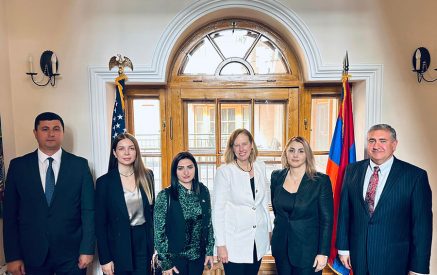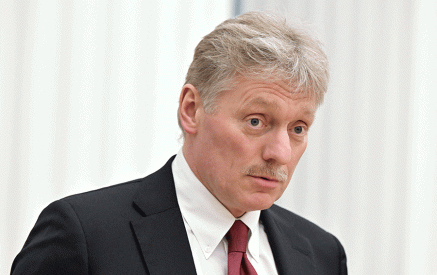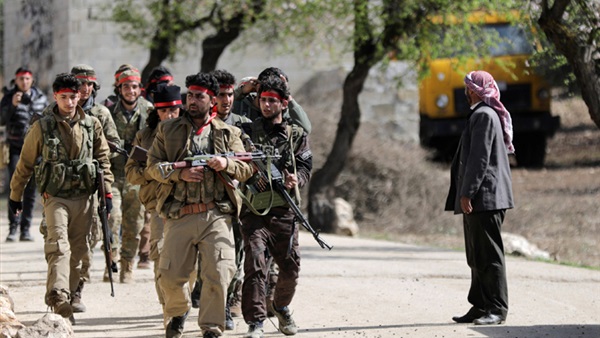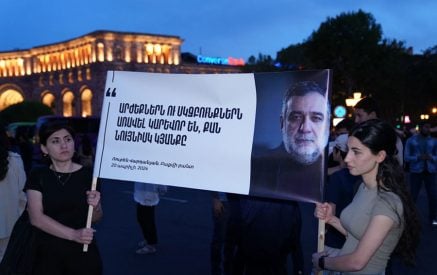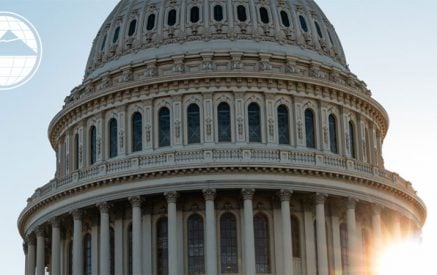Columbia University’s Institute for the Study of Human Rights identified perpetrators of the conflict in Artsakh, highlighting: (i) mercenary leaders hired and supported by Turkey; (ii) Turkish commanders overseeing and advising the operations; and (iii) Azerbaijani military actors commanding soldiers and mercenaries. It also establishes connections between the groups. Sources are hyperlinked, so readers can access additional sources.
Jihadi Mercenary Leaders
1. Sayf Balud, also known as Sayf Abu Bakr (Twitter account)
Balud has been the leader of the Syrian National Army (SNA)’s Hamza Division since 2016, which participated in Operation Olive Branch (Afrin) and more recently the Libyan Civil War, both with Turkish patronage. He and approximately 500 of his men were reportedly flown to Azerbaijan to join fighting in Artsakh. Balud is a Syrian Turkman, an ethnic characteristic that often enhances Turkish trust in “sensitive” operations (such as recent proxy conflicts). In 2013, he appeared in an ISIS propaganda video. Balud and his division have been responsible for multiple war crimes, including kidnapping Kurdish women and brutal repression in Afrin. He is one of Turkey’s most trusted and supported mercenary leaders.
Sources and additional reading: Jamestown Foundation; Naharnet; Middle East Eye; USC-Dornsife Institute of Armenian Studies (IAS); Daily Beast; Guardian; Aymenn Jawadd; National Post; Kurdistan24; ArmenPress
2. Fehim Isa, possibly also known as Isa al-Turkmani (Twitter account)
Isa has led the SNA’s Sultan Murad Division since at least 2015, through which he has been directly involved in Operation Euphrates Shield, Operation Olive Branch, and the Libyan Civil War. Like Balud, he has enjoyed Turkish patronage and is an ethnic Turkman. According to reports, he and his division have also engaged in Artsakh with support from Turkey. There were rumors of Isa’s resignation in 2017, however by early 2018 he was confirmed as Sultan Murad’s commander. He and his division have also been accused of multiple war crimes, such as the torturing of Kurdish soldiers and indiscriminate shelling of civilians.
Read also
Sources and additional reading: Reuters (1); Sultan Murad Division website (1); ISW; al-Monitor; Independent; IAS; Daily Beast; Reuters (2); Guardian; Sultan Murad Division Website (2); AraNews; Amnesty International; Rudaw
3. Abu Amsha, real name Muhammad al-Jassim
Amsha is the leader of the Suleyman Shah Brigade, nicknamed the al-Amshat militia, which gained prominence ~2018 as one of the most brutal factions occupying Afrin with Turkish support. In Afrin, al-Amshat supposedly confiscated property, kidnapped individuals for ransom, looted, raped, and murdered. Amsha has been directly implicated in these war crimes, making 12 million dollars in a year from ransoms. He was also accused of rape and murder. Turkish protection has reportedly allowed him to avoid punishment for these acts. He is also a Syrian Turkman, like Isa and Balud. Following Afrin, Amsha has also been an important recruiter for Turkish-backed mercenaries in Libya, and he and his division have fought in Artsakh at Turkey’s request.
Sources and additional reading: VDC-NSY; Lindsey Snell on Twitter; Kurdistan24; SyriaHR (1, 2, 3); AfrinPost; Independent; ISPI; Asia News
4. Others (no direct link to Artsakh, but to the organizations fighting there)
a. Ahmed Osman, another military leader of the Sultan Murad Division who was involved in Operation Euphrates Shield, Operation Olive Branch, and the Libyan Civil War.
b. Abu Jalal, once a military leader of the Hamza Division; current status unknown.
c. Hasan Abdullah Kulli, leader of the Kurdish Falcons Brigade of the Hamza Division. Kulli served in Afrin as a translator.
d. Mohammad al-Abdullah, described in 2016 as the Hamza Division’s “Head of Political Bureau”.
e. Fadlallah al-Haji, a Turkish protégé and head of Faylaq al-Sham, an important Turkish proxy fighting in Syria, Libya, and Artsakh. Al-Haji and his men have connections to the Muslim Brotherhood and fought with al-Qaeda in Idlib. He reportedly resigned in November 2020.
Sources and additional reading: OHCHR; VOA News; al-Monitor; RFS Media Office; Middle East Eye; Zaman Al Wasl; Arab Weekly; Barrons; Washington Institute
Turkish Commanders and Other Personnel
1. Major General Bahtiyar Ersay
Ersay, whose title is officially “Chief of the Operations Directorate of the Land Forces of Turkey,” oversaw the Azerbaijani General Staff in Artsakh following the sacking of former Azerbaijani Chief of Staff Najmeddin Sadikov. He previously led the 2nd Commando Brigade against the PKK, which was notoriously cruel against Kurdish civilians and soldiers (and contained Grey Wolves elements). Ersay was also involved in Syria and Libya, potentially recruiting and overseeing the mercenaries that fought there. Because of this and his commando past, he is likely the Turkish commander most directly involved with these jihadi mercenaries. Ersay was also implicated in Operation Sledgehammer, an early-2000s coup attempt against Erdogan. He was released without serving much of his sentence and the facts of his case remain unclear.
Sources and additional reading: Memri; OSCE; Asbarez; Hurriyet
2. Lieutenant General Şeref Öngay
Öngay is the Commander of the Third Army of the Turkish Ground Forces. While there is little information about his past, Öngay had his contract extended at a time when Erdogan was purging the military, which implies trust from and loyalty to the higher-ups. The Armenian delegation at OSCE say he “took part in planning and conducting” Artsakh operations. He was also spotted in Azerbaijan on 4 September 2020 planning joint operations with the Azerbaijani military.
Sources and additional reading: Atalayar; OSCE; Turan; Memri
3. Major General Göksel Kahya
Kahya is an important Turkish drone commander who heads the Turkish Air Force’s 1st Supply and Maintenance Center. Prior to the Artsakh conflict, he deployed Turkish of Bayraktar TB2 drones in the Libyan Civil War. This drone expertise was then shifted to Azerbaijan, where he has resided since July 2020 and oversaw the well-documented use of TB2 drones. These drones both were instrumental for the Azerbaijani victory in the conflict and the cause of devastating human rights against civilians, especially at night.
Sources and additional reading: Memri; al-Marsad; Geopolitical Cyprus (translated); OSCE; CSIS; Human Rights Defender of Armenia; Washington Post
4. Adnan Tanrıverdi
Tanrıverdi is a retired Turkish general and the founder of SADAT Inc. International Defense Consultancy, a private defense contracting company started in 2012. He was forced to resign from the military in 1996 due to Islamist affiliations and has filled SADAT with other hardline Islamists. Tanrıverdi has significant influence over Erdogan, allegedly using SADAT against the alleged coup in 2016, and helping re-organize and purge the Turkish Armed Forces. As a result, SADAT has been referred to as a shadow military. Reportedly, he and SADAT have played an important role in recruiting, equipping, and transporting about 3,000 Syrian mercenaries to both Libya and Artsakh. Importantly, SADAT is also the primary organization training these Turkish-backed mercenary proxies. Though he lacks any official position in the Turkish government/military, his influence is significant.
Sources and additional reading: SADAT website; SOFREP; Duvar English; Ahval; Atalayar; al-Monitor
For more information about SADAT, Turkey, and SNA proxy fighters in Artsakh and elsewhere, read this research report by the JISS on the subject. (This research was jointly initiated by JISS in Israel and Trends in the UAE, a first joint effort toward implementing the Abraham Accords between Israel and a number of key Arab nations.)
Azerbaijani Commanders
1. Major General Hikmat Hasanov
Hasanov is the Commander of the 1st Army Corps of Azerbaijan, which covered the northern frontline of the Artsakh conflict. He was instrumental in capturing Suqovuşan and other northern targets early in the war. Multi-lingual and well-travelled, Hasanov is a member of a younger generation of Azerbaijani generals who lack connections to the former Soviet Union, which has allowed him to rise in the ranks as pro-Russian generals (e.g., Sadikov) were removed from their posts. He was also an important commander in the 2016 Artsakh conflict.
Sources and additional reading: Jamestown Institute; AzVision (translated)
2. Major General Mais Barkhudarov
Barkhudarov is the Commander of the 2nd Army Corps of Azerbaijan, which covered the southern frontline in the Artsakh conflict. Along with Hikmat Mirzayev (see below), he was instrumental in capturing Jabrayil. Like Hasanov, he is a member of the younger generation of Azerbaijani generals. Barkhudarov was an important commander in the 2016 Artsakh conflict as well, during which he helped capture Lalatapa Heights. The Azerbaijani press has glorified his role – see here.
Sources and additional reading: Jamestown Institute; Press Service of the President of Azerbaijan; Azxeber (translated)
3. Lieutenant General Hikmat Mirzayev
Mirzayev is the highest-ranking of the three generals mentioned here and is the head of the Azerbaijani special forces, which were instrumental in their country’s success in the 2016 and 2020 wars. Many special forces members were also trained by Turkey, and therefore Mirzayev has likely worked with the Turkish high command in the past. With Turkish backing, special forces were also utilized much more in 2020. Following the recent conflict, Mirzayev was promoted to Lieutenant General. It is unclear what generation of commanders he is from; however, he is clearly in good standing with both the Turks and Azerbaijanis.
Sources and additional reading: Azerbaycan24 (1); Azerbaycan24 (2, translated); RadioFreeEurope


